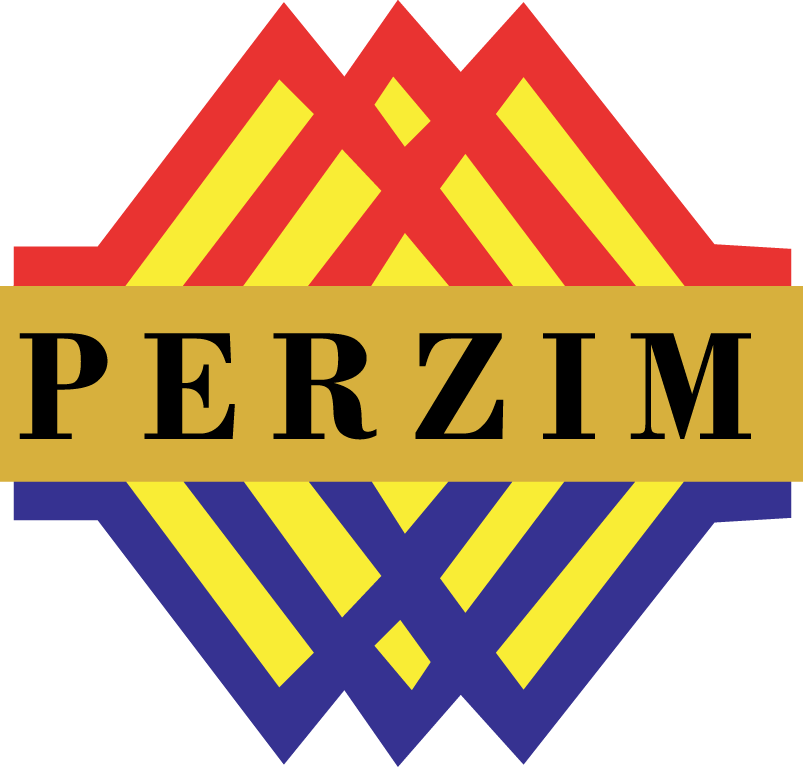PORTUGUESE HERITAGE GALLERY
Introduction
Since long ago, the Portuguese nation has been known as skilled mariners in navigating the seas. The Portuguese were recorded as the first European nation to pioneer a new route for the trade of spices and other trade merchandise from the East Indies. Around the middle of the 15th century, the Portuguese had successfully sailed to Africa, when Bartholomew Diaz rounded the Cape of Good Hope in 1488, then Vasco Da Gama reached India in 1498. They also sailed in search of another route to the East.
Over the last 500 years, the Portuguese have been in Melaka since the time Melaka fell into the hands of the Portuguese army led by Alfonso de Albuquerque in 1511. The cross-cultural mixture from intermarriage of the Portuguese with the locals resulted in the Portuguese community presently found in the Portuguese settlement in Ujong Pasir. This historic fact contributed to the wonderful ethnic and cultural diversity found in Melaka.
“Then the people of Melaka gathered to look at the Portuguese, all of them astonished by his appearance. Then the Melaka people said he is a white Benggali; and to one Portuguese, there were tens of Melaka people surrounding him, some twirled his beard, some tapped his head, some took his headgear, while others held his hands.”
Translated excerpt from Sulalatus Salatin (The Malay Annals)
Objectives Of Establishing The Gallery
- To collect, preserve and conserve historical artifacts and materials regarding the heritage and culture of the Portuguese legacy in Melaka.
- To showcase and convey information on the history, heritage and uniqueness of the Melaka Portuguese community and culture, as a reference for the public.
- To foster unity, togetherness and harmony, and mutually respecting each other as the diverse people of Malaysia.
Tags

Perbadanan Muzium Melaka
Kompleks Warisan Melaka, Jalan Kota,
75000 Melaka
Email : [email protected]
Tel : +606 333 3333 / +606 282 6526
Fax : (+606) 282 6745
Hakcipta terpelihara Perbadanan Muzium Melaka © 2023.


